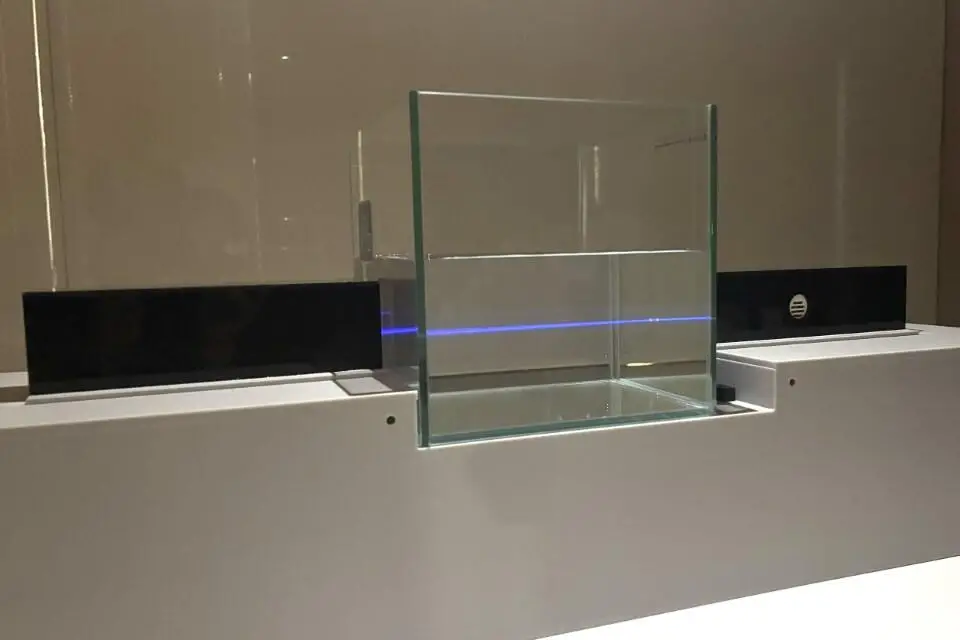The Top Five Things You Should Know about Sandybridge
Intel’s next-gen CPUs, codenamed “Sandy Bridge”, are based on a remarkable, new architecture. Their levels of performance are simply phenomenal, and power users will be pleased by their stunning overclockability. Based on our experience with the Core i7 2600K, the processor easily speeds up to 5.4 GHz using just an air-cooler on top of it. Their performance and overclocking potential alone are enough to make the Sandy Bridges an appealing choice for most people, especially computer enthusiasts looking for an overclocking-friendly system. Make no mistake though, there’s more to Sandy Bridge than meets the eye. Simply looking at performance graphs won’t reveal everything you need to know about this processor.
We spent some time fiddling around with a couple of Sandy Bridge processors and several motherboards based on different chipsets, during which we found some crucial facts that could prove to be vital information for would-be-Sandy Bridge users (in particular, those who are tempted by the new features and the seemingly amazing degree of overclocklability offered by these processors). Here are some of the most important:
1. The new Sandy Bridge CPUs (in LGA 1155 packaging) are NOT backward compatible with LGA 1156 sockets
This one is simple and obvious, of course. If you want to use a Sandy Bridge, you’ll have to plug it on one of the new LGA 1155 motherboards. These processors are not compatible with older, LGA 1156-based motherboards. The only thing that remains similar between LGA 1156 and LGA 1155 platforms are their HSF cooler mountings. At least you get to install your trusty LGA 1156 cooler on the new motherboard, but don’t expect anything more than that.
2. K-Series and Non-K-Series are Not Created Equal
No, it’s not like heaven and earth, really. When it comes to overclocking, the most significant difference between “Ks” and “Non-Ks” is the unlocked multiplier on the “K series” Sandy Bridges. As you have probably known, an unlocked multiplier allows for a far greater flexibility in overclocking attempts since the core frequency can be increased without affecting other parameters.
The “K” designation as in the “Core i5-2500K”, therefore, serves to differentiate between processors with and without the unlocked multiplier. In the case of the Core i5-2500K, for example, it has a twin sibling that ships with a locked multiplier. This processor is simply called the Core i5-2500.
Still confused? The following picture will help illustrate the difference between an i5-2500K and a “plain” i5-2500:

As you can see, both the i5-2500Kand the i5-2500 have exactly the same rated frequency. The difference lies in their multiplier ratios, in which case i5-2500K users can expect to increase their multiplier to 57x or more, whereas those with the i5-2500 would have to settle with “just” 41x.
The multiplier is an important aspect in any processor, but with the Sandy Bridge, it becomes even more of an issue. Why? Let’s move on to the next page.

























